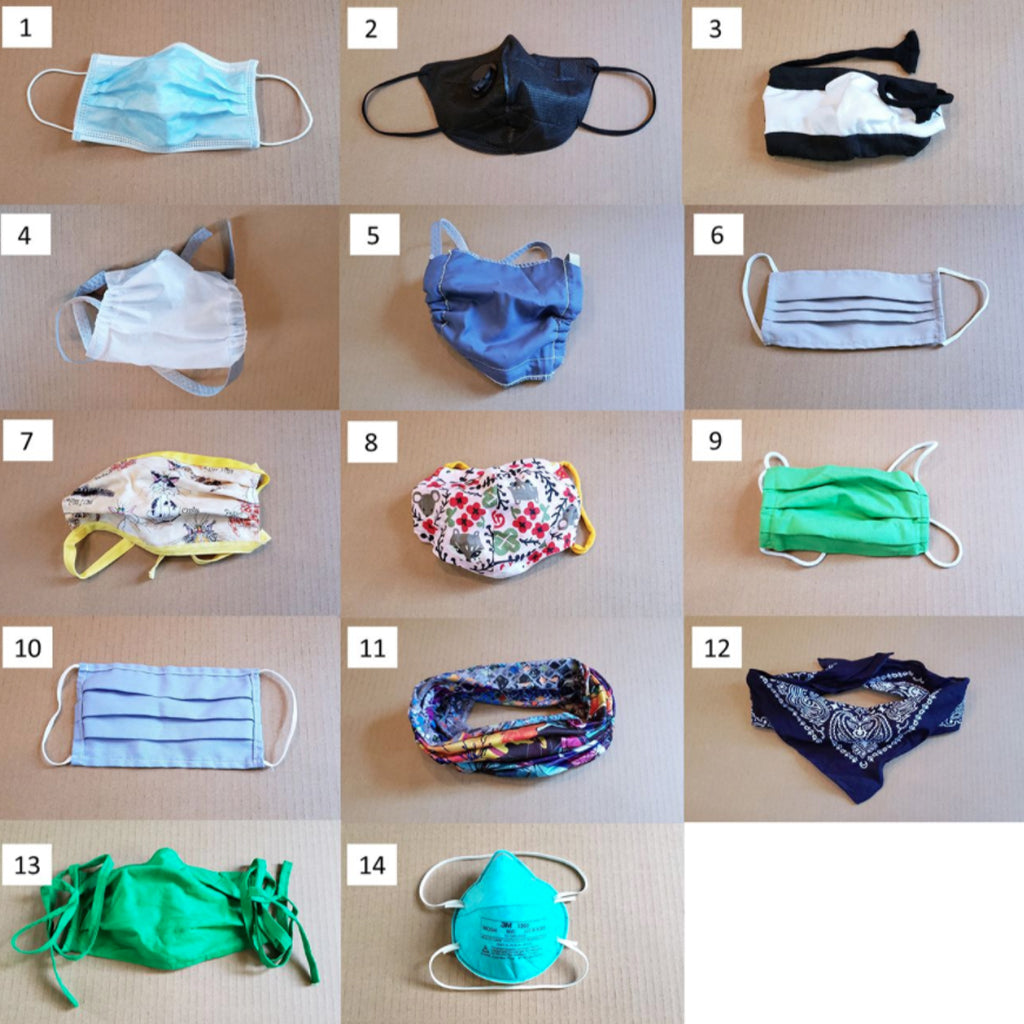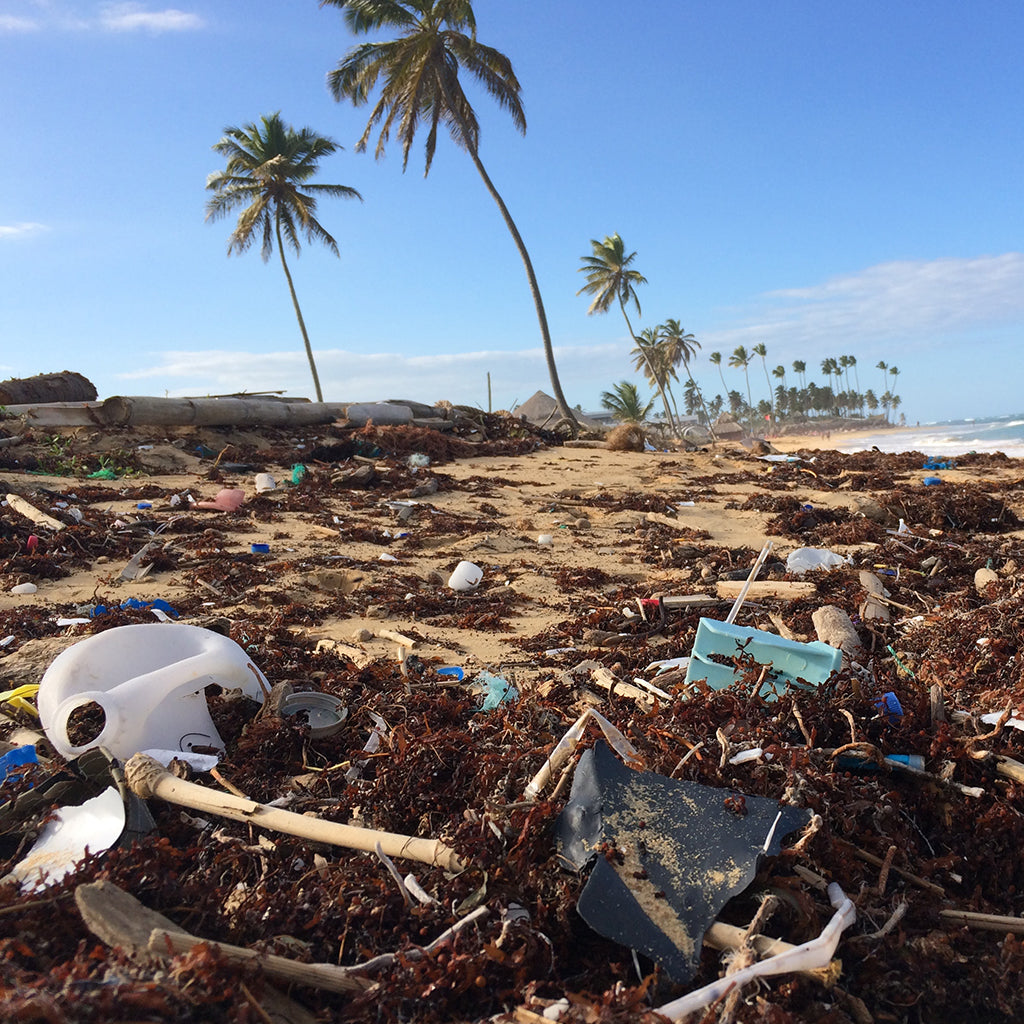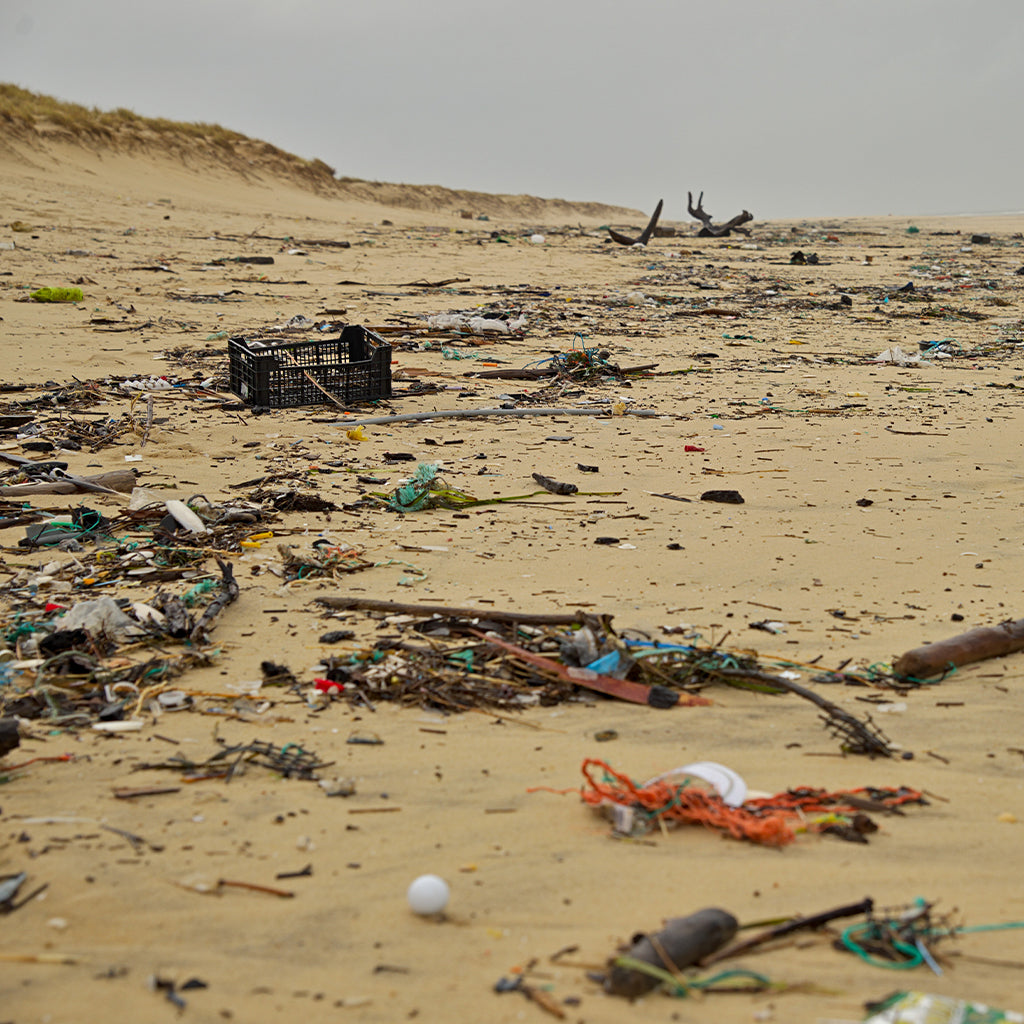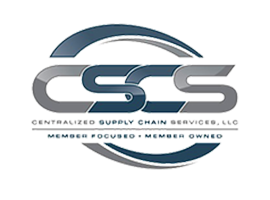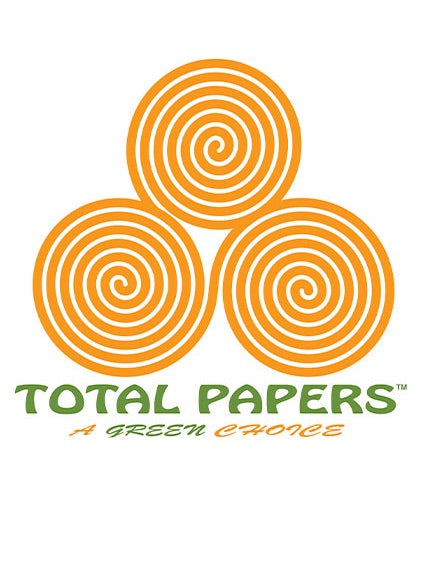Which Masks Are Most Effective?
The U.S. hit another grim milestone on Monday with more than 5 million Americans now infected with the coronavirus. Although there is a push to increase testing and develop a vaccine, experts continue to suggest that if all Americans wore masks, the pandemic could be brought under control “within weeks.” In the spirit of that mission, a new study published in Science Advances is shedding light on which masks are most effective — and which may actually be hurting the effort to curb COVID-19.
The analysis, carried out by researchers at Duke University School of Medicine, relied on an “optimal measurement method” that uses a laser beam and cellphone camera to track the number of droplets that emerged from an individual while he or she wore a mask. Of the 14 masks, the two that proved least effective were a bandanna and what the researchers refer to as a neck fleece, also known as a neck gaiter.
The most secure mask, an N95, led to a droplet transmission of below 0.1 percent. But handmade cotton and polypropylene masks, some of which were made from apron material, also proved effective, with droplet transmission ranging from 0.1 percent to 0.4 percent. One mask, which was knitted, released a higher number of droplets, from 0.1 percent to 0.6 percent. But none of the masks compared with the neck fleece, which had 110 percent droplet transmission (10 percent higher than not wearing a mask).
For the full article, visit Yahoo.com.
Image via Yahoo.
Contact us to learn more about using our products!
Total Papers
11837 Goldring Rd, Arcadia, CA, 91006
(800) 919-6880
info@totalpapers.com


